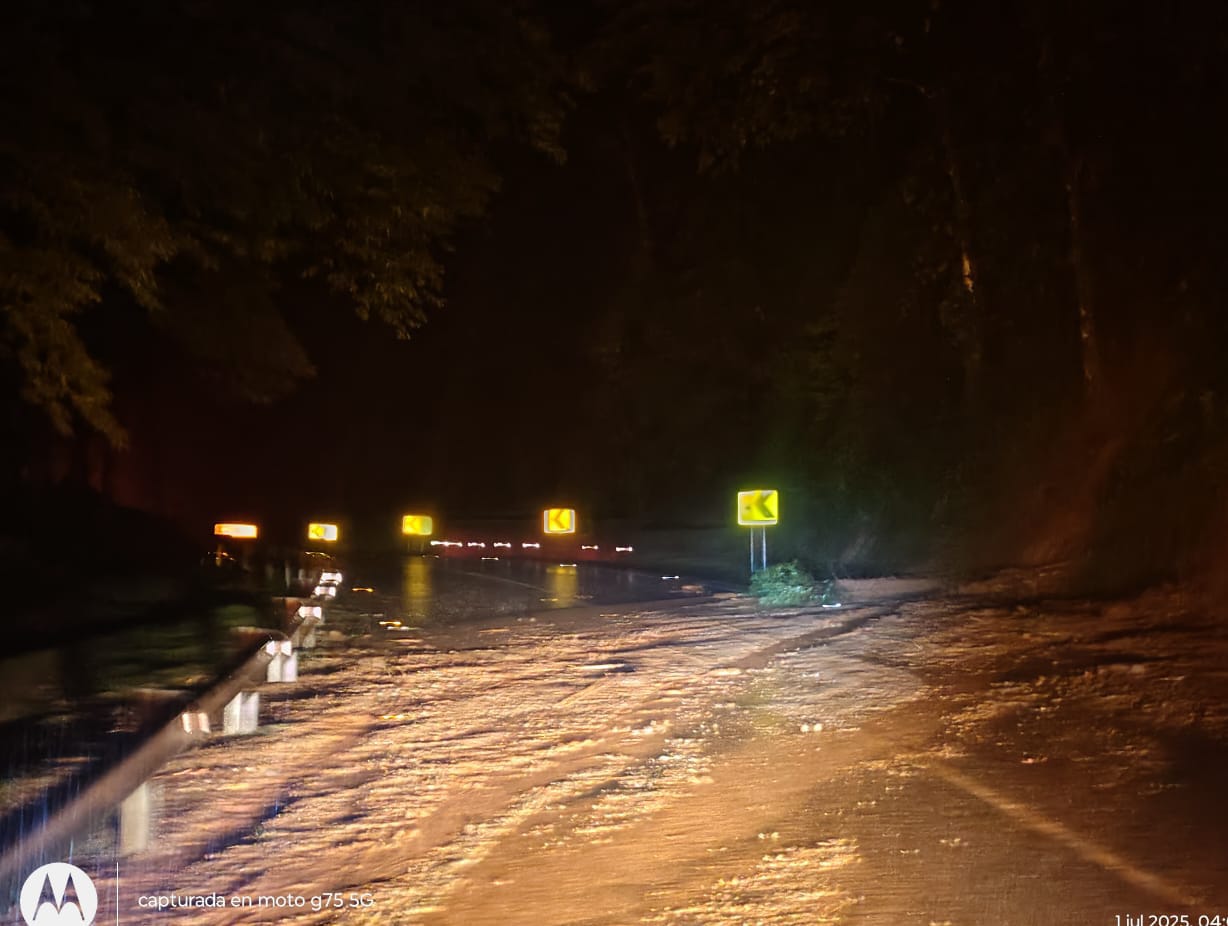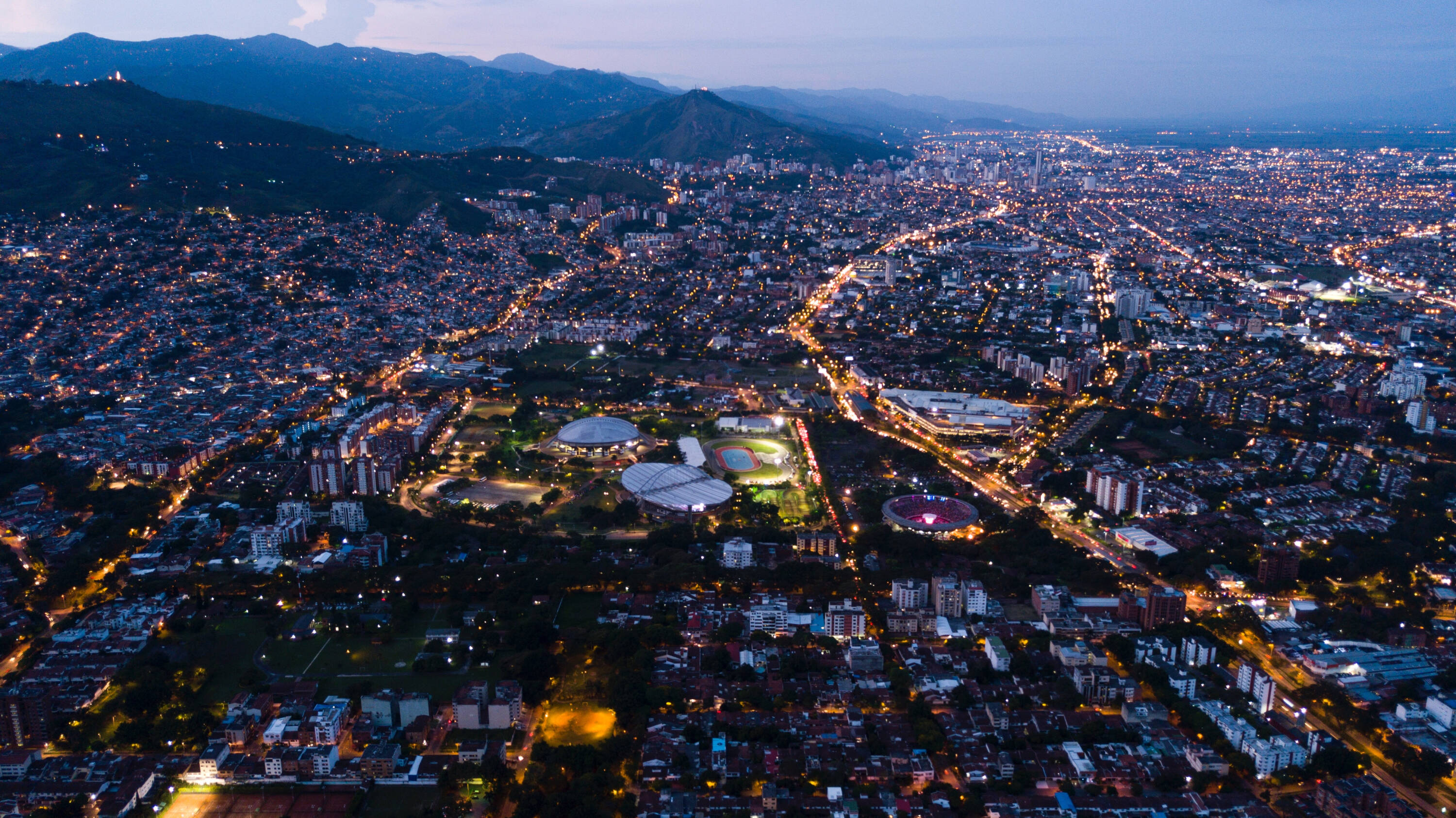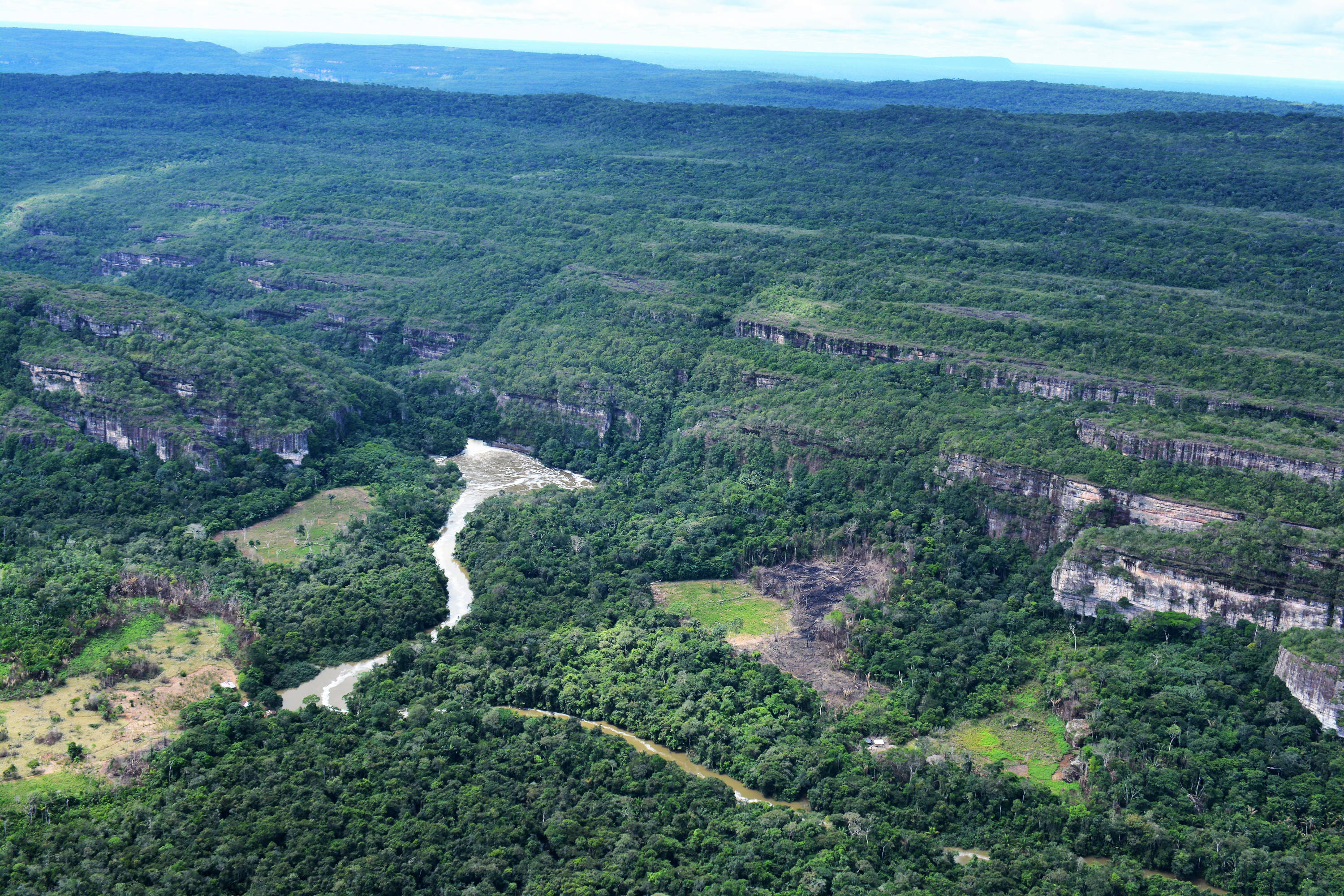July began with rain in Bogotá: What does IDEAM say about the weather forecast for this month?

At the beginning of July , rain continues in Bogotá and other Colombian cities. Due to this situation, residents of the country's capital are wondering how long it will rain. IDEAM already has a forecast for this.
The Institute of Hydrology, Meteorology, and Environmental Studies (IDEAM) released its latest short-, medium-, and long-term climate prediction report. However, it should be noted that these long-term forecasts may vary, and the agency will update them as needed.

Landslides on the Bogotá-Villavicencio highway due to heavy rains. Photo: Courtesy of Coviandina
"For now, the IDEAM probabilistic model predicts near-normal rainfall for much of the country, as most likely for July 25; and above normal rainfall in specific locations in the departments of Putumayo, Caquetá, Guainía, and Amazonas ," IDEAM stated.
He added that "the deterministic model estimates that these increases would occur between 10% and 20% in the aforementioned locations, as well as along the Caribbean coast. However, not all global ensembles (CPC-NOAA, C3S, WMO) agree with this prediction," the document states.
Based on the above, it can be stated that the IDEAM climate prediction report concludes that rainfall could increase in some parts of Bogotá this July, but that in other regions there could be a significant reduction in the amount of precipitation reported compared to previous years.
What will the rainfall behavior be like in the regions? San Andrés and Providencia Islands: Rainfall could increase by 10% to 20% compared to historical averages.

SAN ANDRES ISLAND Photo: Melissa Múnera Zambrano
Caribbean Region : Rainfall levels are expected to approach historical levels across much of the region. Rainfall decreases of between 10% and 30% are estimated for the north-central La Guajira Peninsula and the western coast of Magdalena.
Andean Region (including Bogotá) : Rainfall declines of nearly 20% are predicted in parts of Norte de Santander, Tolima, Huila, central Valle del Cauca, Cauca, and Nariño. For the rest of the region, rainfall is expected to be close to historical levels.

Cali is the third largest city in Colombia, after Bogotá and Medellín. Photo: iStock
Pacific Region : Precipitation close to historical values will occur.
Orinoquía: Rainfall is expected within the 1991-2020 reference climatology.

Colombian Amazon. Photo: FCDS
Amazon: Precipitation records are estimated to be close to historical averages except in Vaupés and Guaviare, where rainfall could decrease by 10% to 20%.
LATEST NEWS EDITORIAL
eltiempo





